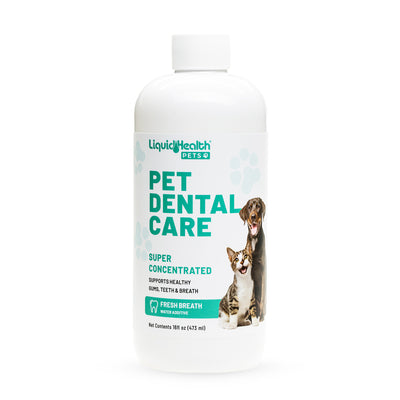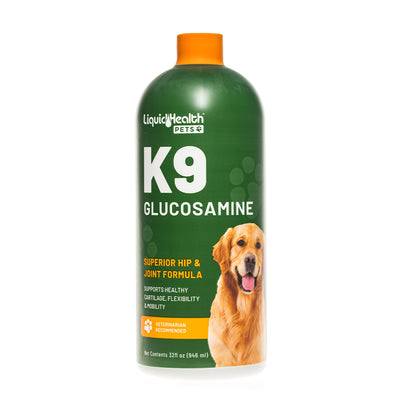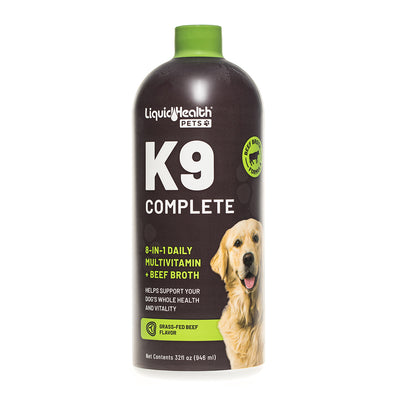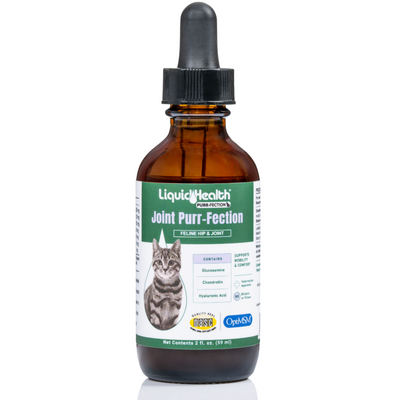Fleas are very common in dogs during the warmer summer months. However, there are some areas such as the Western US and the Southern US that fleas are an issue year-round. So it is best to take preemptive measures to help ensure that your pup stays flea free. Continue reading to learn more about fleas on dogs and what you can do to help your pup.
What are Fleas
Fleas are the most common parasite a dog can come into contact with. They are very small (1-2mm), but can still be seen by the human eye. They can live up to 2 weeks (14 days) and female fleas can lay up to 40 eggs each day. These eggs are small white ovals that are around half a millimeter long. Flea larvae are hatched out of these eggs and they burrow into the carpet or other places like your dog's bedding. When your dog walks by or lies down, they sense the warmth and emerge from the burrow and jump onto your dog. When they are on your dog, they bite them to drink their blood to create more fleas. This can cause discomfort for your dog. Some dogs may be in even more discomfort due to an allergy to the flea's saliva.
Where Do They Come From
The fleas on your dog can come from a wide variety of sources with the most common source being other animals. These infected animals such as raccoons, opossums, foxes, skunks, and even feral dogs. These animals will scratch themselves and the fleas will fall off and start the life cycle mentioned above. When your dog comes by in tall grass or lays down they latch on and can be brought into your home.
Other places that your dog may get fleas are from other pets that they come in contact with. That is why it is important to not let any pets with fleas into your home. This is especially true if your pup has a flea allergy. If you find your pup has fleas, call up the owners of the dogs your pooch has played with recently to let them know.
Symptoms of Fleas on Dogs
There are many symptoms of fleas on dogs. The most common sign is your dog showing discomfort and scratching. There are also other things to look for including fleas themselves. The American Society for the of Cruelty to Animals (ASPCA) states " Fleas are commonly noticed on a dog's abdomen, the base of the tail and the head." Other things to look for include:
- Flea Eggs
- Excessive scratching
- Biting at skin
- Hair loss
- Scabs
- Hot spots
Another thing to look for on your dog is called "flea dirt". This is actually the waste product of the flea and looks like dark grains of sand. If you find dirt on your dog, place it onto a damp paper towel. After a few minutes, they appear red or rust-colored then it is flea dirt. If not, then it is regular dirt and you should consider giving your dog a bath. For more on dog bathing, check out this article.
Getting Rid Of Fleas
Ther are many great ways to get rid of flees. Before you get any product, you should take your dog to the vet and let them take a look. They may recommend and prescribe a certain product that is tailored to your pet's needs. Examples include a topical product such as a cream or gel that is applied to your pup's skin. The vet may also prescribe an oral substance that is taken as a pill or a treat that can take care of fleas. The last thing that they may recommend is a flea collar for your dog. One thing to remember is that if the vet recommends something for your dog, and your cat gets fleas too, never use flea made for dogs on a cat.
Flea Tips
There are many ways that you can fleas on dogs. The best way is to keep them on an over the counter version of the flea mentioned above. Another thing that you can do is wash all the beddings, rugs, couches and other furniture that may contain fleas. Be sure to get underneath the couches too. You may also want to call an exterminator to take care of the fleas with insecticide.
Another thing that you can do is take care of your backyard. Fleas can hide inside of sheds, so it is vital that you clean these out too. Another place they can hide is in the tall grass. Avoid this problem by cutting down the grass to minimize the fleas. One final way to de-flea your yard is by using a hose to lightly flood the yard and kill any fleas.
Conclusion
Fleas on dogs can be very tough for everyone that is involved including you. However, you and your pup can make it through as long as you know how to get rid of fleas and talk to your vet. Be sure to check out our Spot Shot, which is formulated to help with any hot spots that may form on your pet's skin.
For more information on Spot Shot, or any other Liquid Health Pets products, please visit our website here to learn more.
Sources:
https://www.aspca.org/pet-care/general-pet-care/fleas-and-ticks
https://www.peta.org/living/animal-companions/natural-pet-remedies-flea-tick-control/
https://www.akc.org/expert-advice/health/flea-bites-on-dogs/
https://www.akc.org/expert-advice/health/how-to-get-rid-of-fleas/





